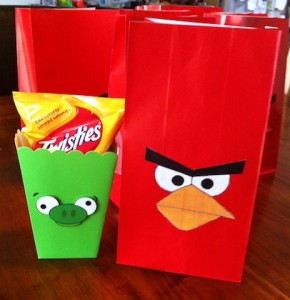Some of you may know that I’m participating in the The Sketchbook Project 2012 World Tour and that I’ve even got a companion blog for it, 10minutes. I expected this project to be a creative outlet for me and that is certainly proving to be true. What I find surprising is the number of people who seem to be inspired by it.
10minutes, the blog, is me playing in public. I am not a professional artist and participating in The Sketchbook Project 2012 World Tour is my ticket into ever having my work in an Art Gallery (Brooklyn).
It is serendipitous that @gcouros asked me to create a video for the opening of his K-12 Online Conference. You can read the rest of the story in the 10minutes post: Playing in Public – perhaps the most popular post in that blog. What I want to do here is to share the sketch, the video and what I’ve learned from this experience; after all this is my learning blog.
What have I learned?
- Many adults still like to play. in public even.
- Sharing begets sharing. This video has inspired more videos from dear Twitter friends. Here’s one from my sketchbook buddy @janellewilson, one from @stefras – (you have to read his post) and one from @7MrsJames. Granted the latter 2 were pushed along by @gcouros’ appeal for more sketches as inspired by mine; this included this video from @edusum. Apropos sharing, my Be Amazing post further validates this point.
- I can be a bit more confident about my creative talents, rusty though they may be.
- Playing in public invites others to play along, with, or on their own.
- Playing encourages conversations that may never would have happened otherwise. Maybe it’s because we ‘let our guard down’ when at-play and that helps build friendship. Such a conversation has led me to my next piece of artwork on organ donation.
- Sense-making is a personal thing. People have told me various things they’ve taken away from this singular playing in public effort. What they make of it is influenced by their own personalities, culture, interest and individuality.
- Playing means lots of different things. Defining it is difficult because it’s not black-and-white. It’s a spectrum, a colourful one at that. Fun. Challenging. Purposeful. Creative. Destructive (as in, it can be fun to squash sandcastles at the end of the day). Process. Mindset. Context of and for learning.




